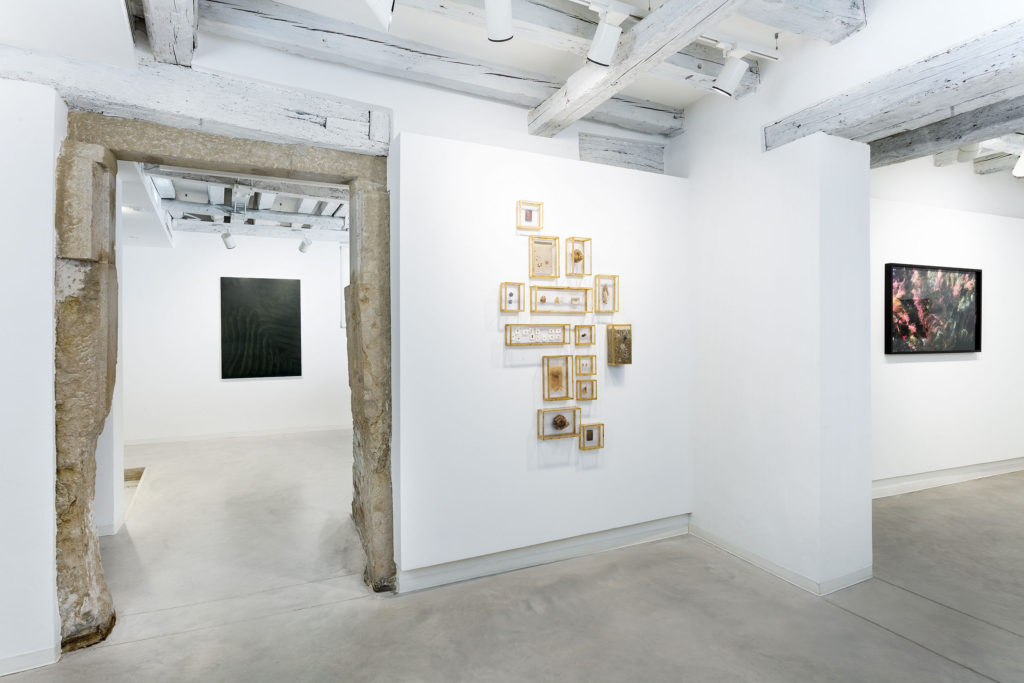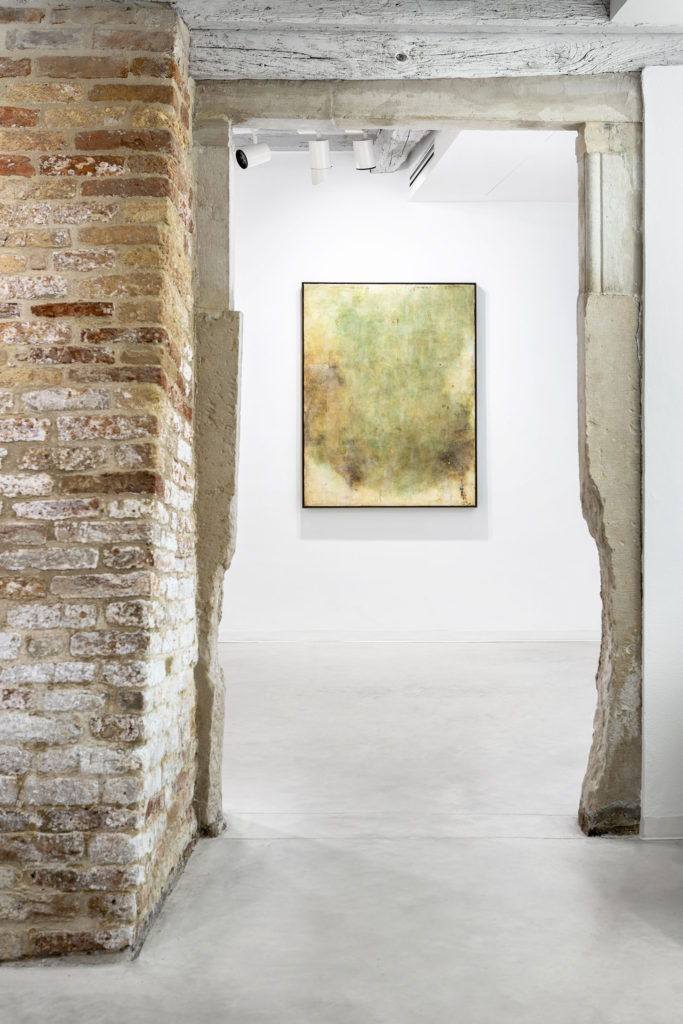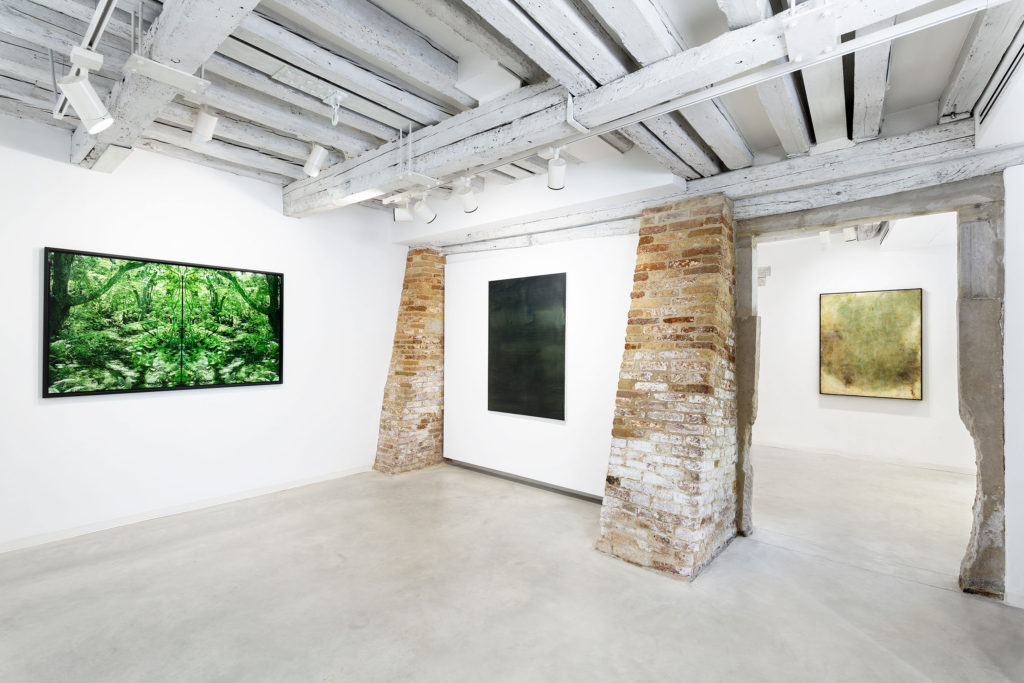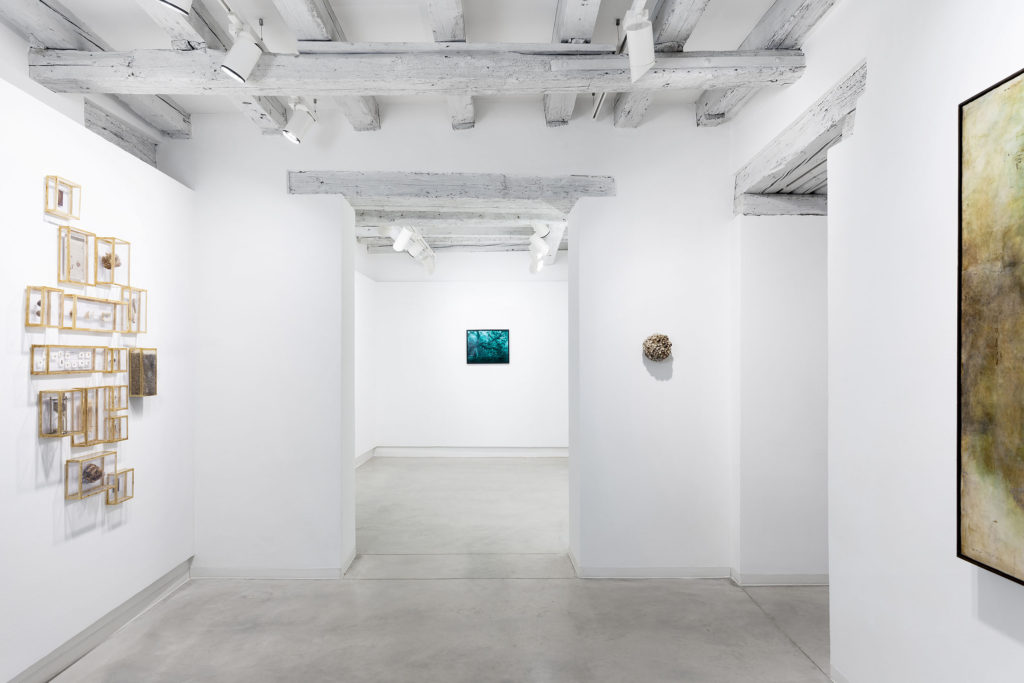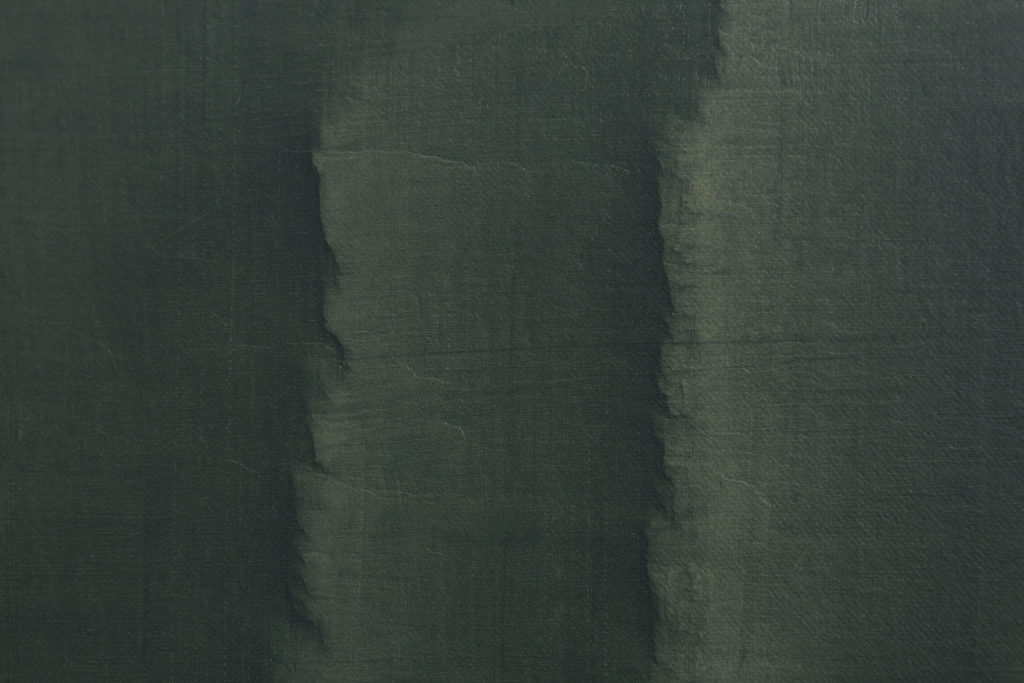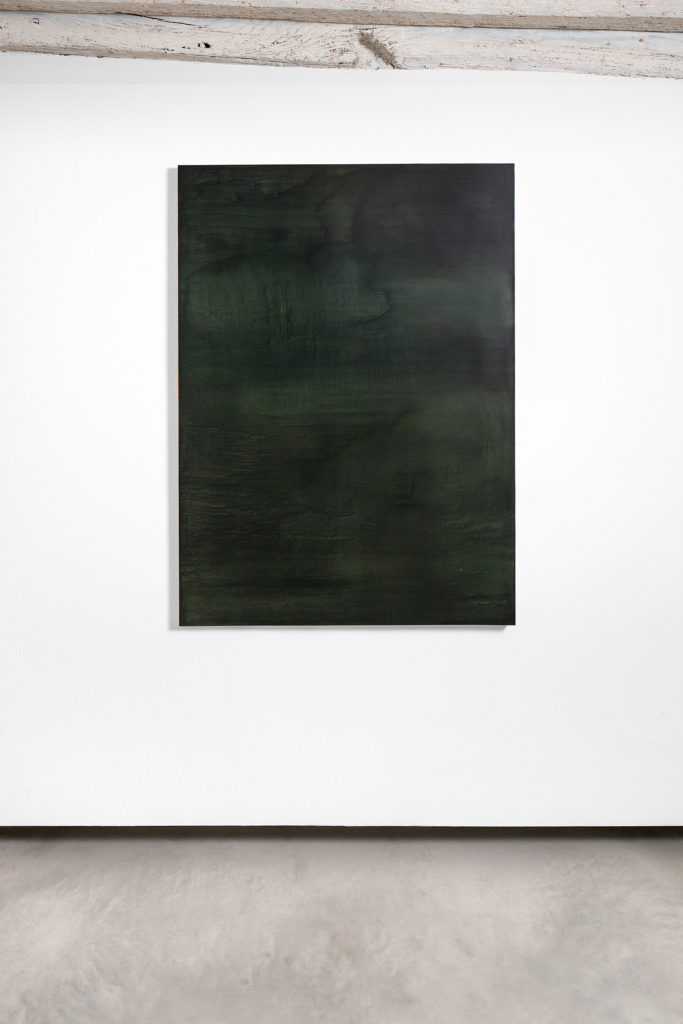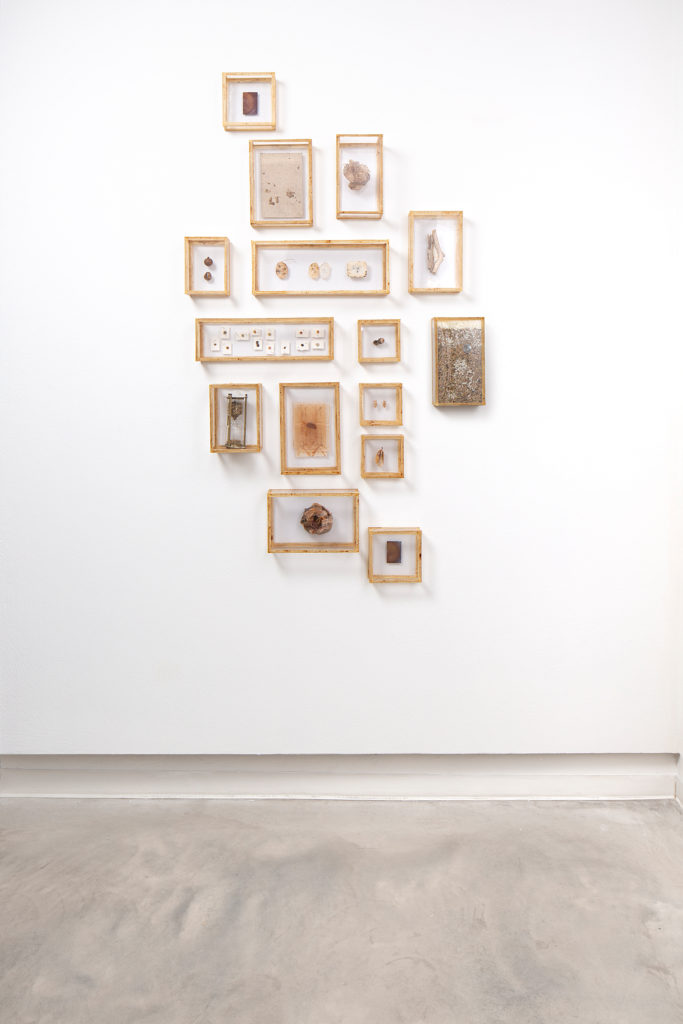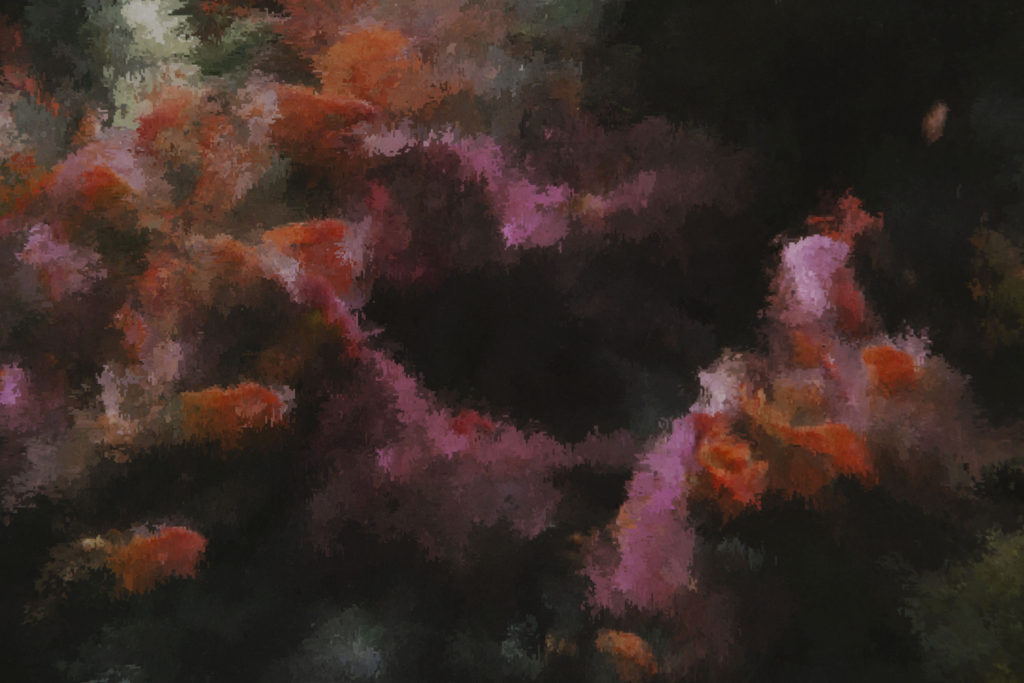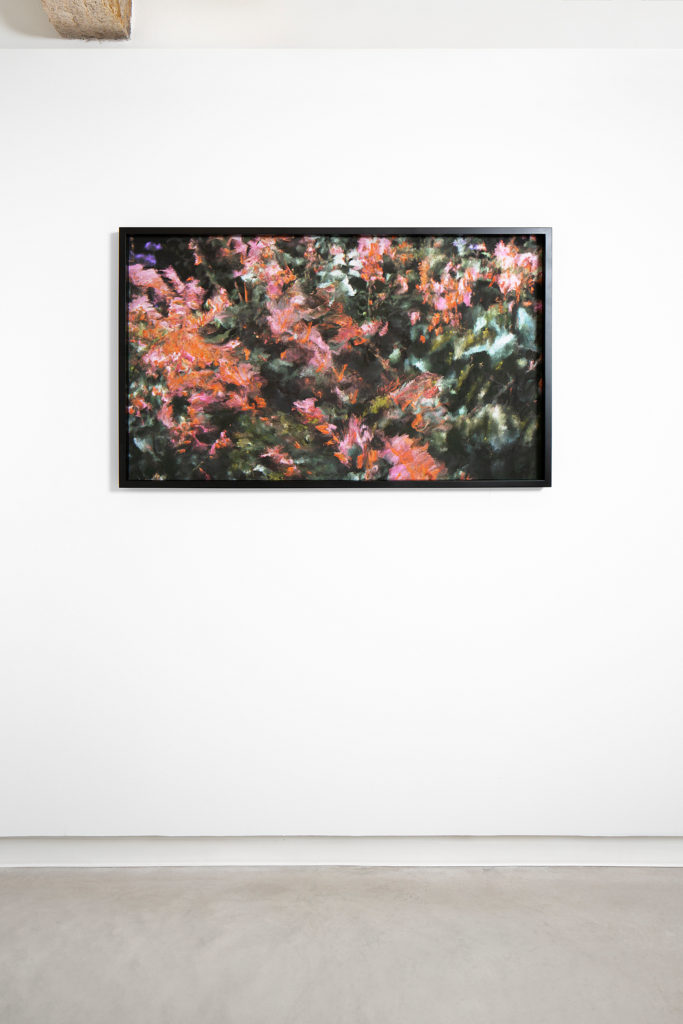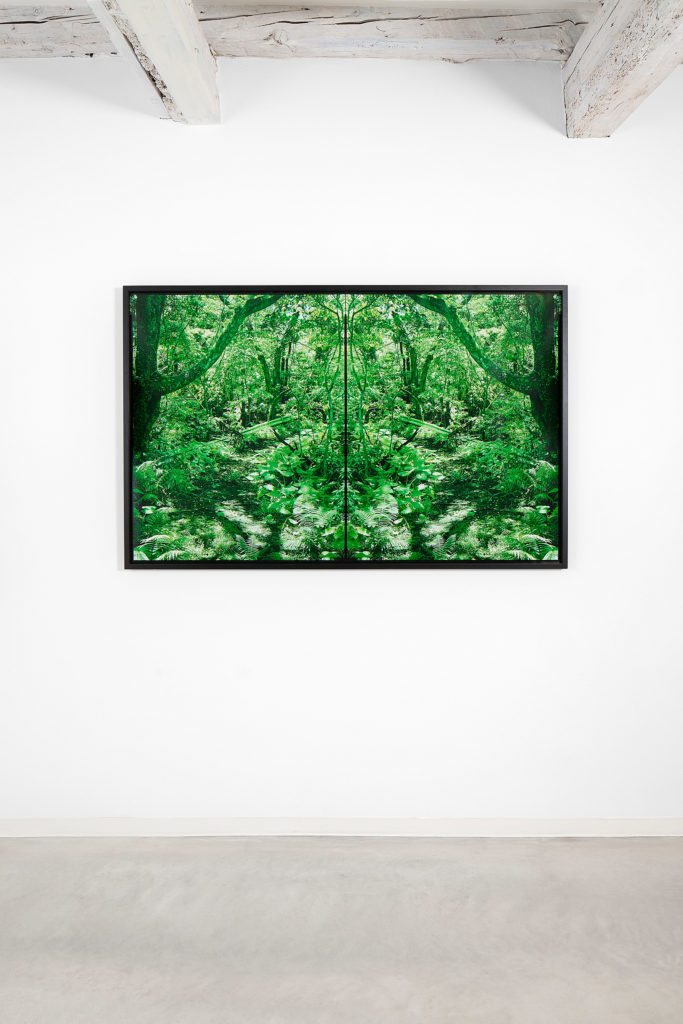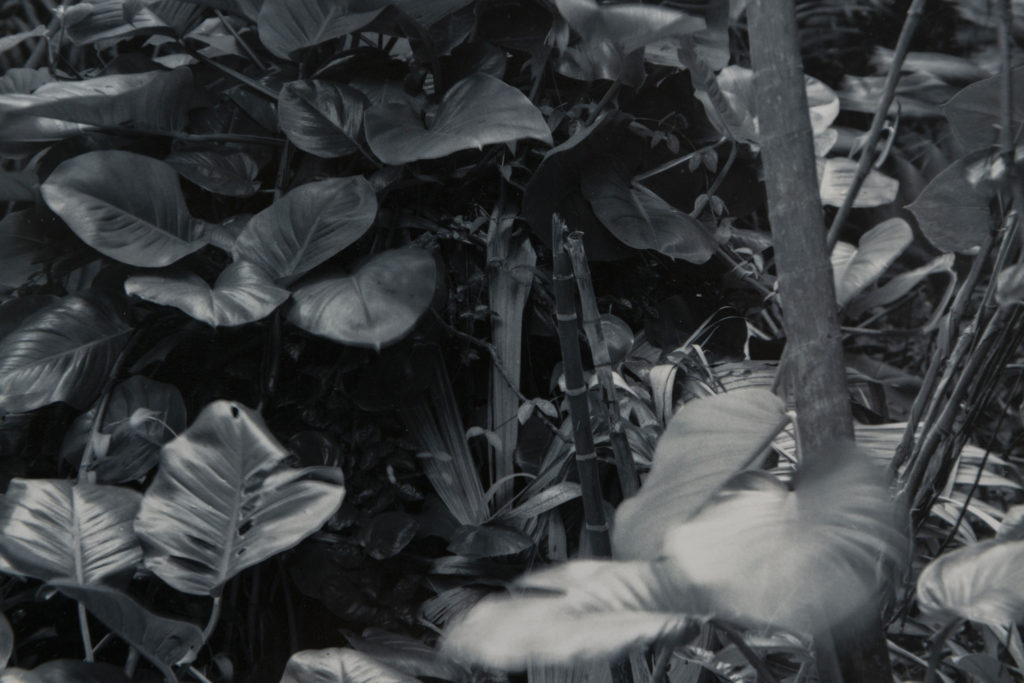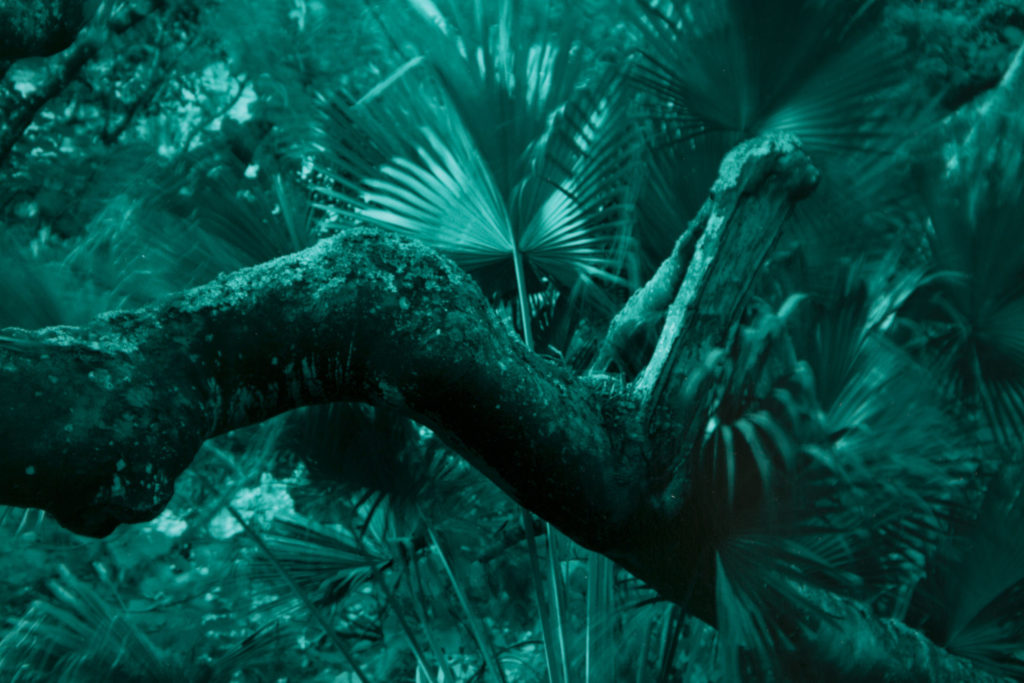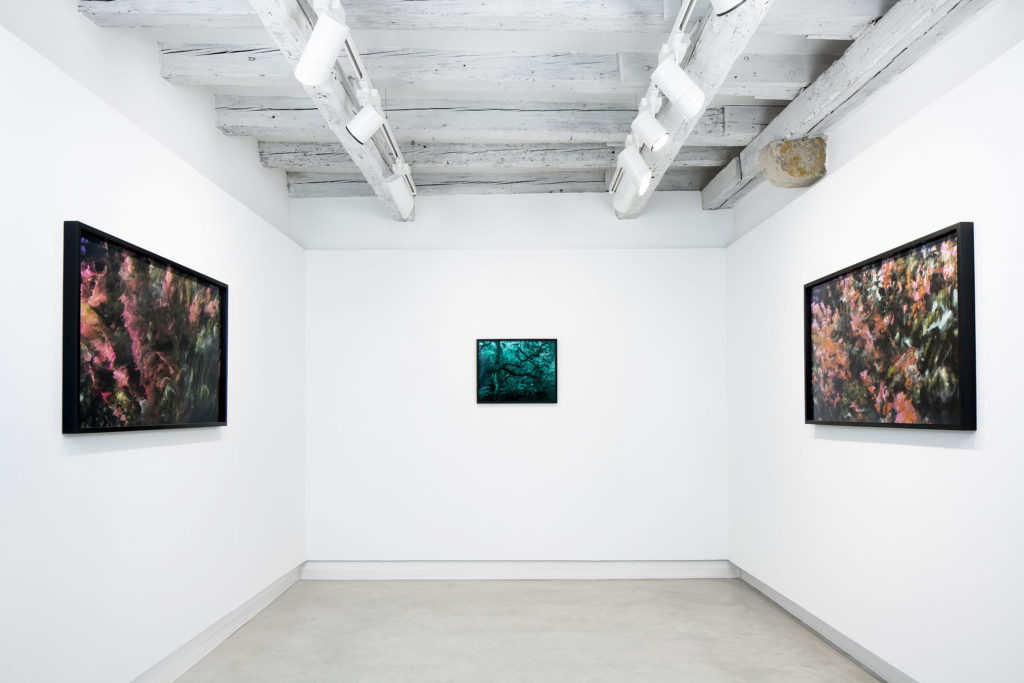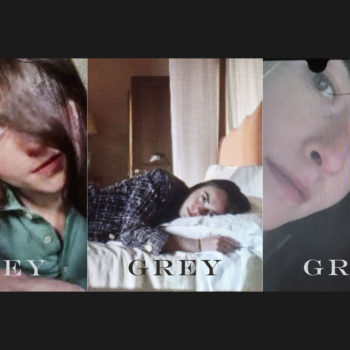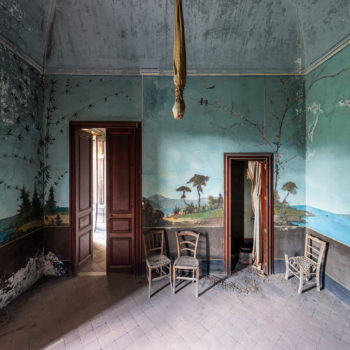Marignana Arte Gallery
OLTRENATURA
Giuseppe Adamo, Yojiro Imasaka, Silvia Infranco, Quayola
by Davide Sarchioni
In every era, a renewed sensitivity for a multiplicity of natural forms has continuously been a source of great interest for scholars, artists and scientists alike. It has long informed the works of various contemporary artists, especially young ones, who identify the continuous evolution of nature, like the dynamic processes that regulate its incessant changes and transformations, and draw on this in a wide variety of images, reflections and formal solutions with new creative processes of experimentation that evoke richness.
The digital revolution, the rate of economic and social change, the climate and environmental emergencies we face (of which our current pandemic is one), all demonstrate the unpredictable and continuous nature of the natural world’s metamorphosis, ultimately informing a new contemporary cultural dimension that encourages artists to confront the concept of change.
More and more, we’re living in a reality marked by this continuous change, elusive and multifaceted.
Our awareness has been expanded, amplified and multiplied: transforming our certainties and knowledge of the world into an indistinguishable relativity between real and virtual, which in turn changes our conception of time, memory and space – with deep and incisive implications.
“Oltrenatura” explores and mediates the research and recent works of four artists; Giuseppe Adamo, Yojiro Imasaka, Silvia Infranco and Quayola, who propose distinctly differing reflections, approaches and working methods (that range from painting to photography, from digital to manual reworking of objects and sculptures) in order to highlight the emerging conception of a crystallised, transformed, manipulated or specifically recreated determination of ‘nature’, as an indirect reflection of the new reality that is being determined.
Reference to the natural world is not in and of itself the object of investigation. In the case of each artist, it’s a starting or landing point that highlights the dynamic and peculiar creative process of each work, its essence and genesis, as well as connection to the work’s core.
Thus, the selection of works for this exhibition instil a motivation to interpret and research further. The observer is invited to look beyond nature as its predictably evoked, imagined or rethought, becoming “other”, whilst expressing with nature itself and the continuity of becoming, an effective dialectic relationship of rapid contemporary transformation and complex problem arise, in the form of a new reflection or definition.
Predominantly aniconic and monochromatic, the painting by Giuseppe Adamo (Alcamo, 1982) is the culmination of a mediation between instinct and rational. The repeated and delicate movements of the painting overlap and stratify to find analogies with generative processes of nature and inorganic matter in continuous evolution, which produces mysterious and highly suggestive images, similar to orographs, maps, terrestrial or lunar surfaces and reveals an intense inner gaze. The new paintings, modulated with shades of dark, deep green; where Adamo utilises a skilful and redefined veils of colour. The transparencies and luminescence builds a weft of furrows and ripples that seem to emerge from the smooth and polished surface of the painting, with the illusion of an accentue three-dimensionality.
The imagery is poetic and elusive, generating a visual ambiguity and meaningful feeling that derives from the imagination of digital culture, relics of a natural rebirth of new reality or visions from an artificial future that express the fascinating indeterminateness of the present time.
Japanese artist Yojiro Imasaka (Hiroshima, 1983) applies photography to recreate a primeval and uncontaminated state of nature, captured in the enchantment of its powerful and varied beauty remains imprinted in imperishable images. Taken from the “Tree winds” series, the photographic
prints in shades od sepia, grey and green, were shots of Hawaiian islands that capture wild, exuberant and luxurious vegetation. An almost overwhelming sense of wonder emerges, decontextualized from its habitat, that appears sublimated, crystallised and suspended in time. The high definition and detail
from the sophisticated darkroom film development techniques used by Imasaka, achieved an alienating effect of “hyperreality” in the images. Thus, becoming a depiction that challenges nature itself.
The most poignant example of which is “Illuminating Earth”, a spectacular image doubled generates a visual artifice, with architectural character and enhanced symbolic value. Whilst aware of environmental emergencies, Imasaka investigates the relationship between man and nature in order
to catalyse a profound reflection on the fragility and brevity of human existence. Simultaneously, respecting the eternal survival of nature and its cyclical ability to regenerate and regain possession of
a place and its resistance to the great transformations that have swept through the Earth’s history.
Inspired by direct contact with nature, the study and observations of Silvia Infranco (Belluno, 1982) apply the theme of metamorphosis that’s triggered by the passage of time. Verification of how different organic materials react to the mnemonic events that surface through long and slow processes of processing images and objects, illustrates the continuous sedimentation of actions and
experiences, through overlapping or accumulation, gradually transform the original image into the visualisation of a new memory. This results in a presentation of delicate and sensitive objects and surfaces, such as the large table covered in countless layers of wax and soaked in coloured oxides.
This treasure chest of memory seals the images of a medieval herbarium, whilst also revealing the objects in transparency, feebleness and mysterious traces.
In the entomological cases, the wax’s purpose is to conserve and partially protect elements of plants collected by artists, which raises questions about the transience of organic matter and its preservation.
We ask: what is destined to disappear? what “remains”? and finally is it possible to stop the inexorable passage of time? Inspired by Goethe’s essay “Metamorphosis of Plants”, written characters and primary mnemonic imprints appear in “Metaforms”, obtained by superimposing the dust vails that generate an organic form in continuous expansion and contraction.
In a world where the notion of time is becoming increasingly fleeting and elusive in nature, memories more and more transient; Infranco invites the spectator to listen inwardly, in the hope of restoring consistency to time and density to memory.
Quayola (Rome, 1982) considers digital technologies as more than simply a means to an end. In fact, it informs his artistic research and aims to create or invent complex programs and algorithmic systems that express, via the actions of sophisticated software, robotic machinery and moving image, the experiential and immersive path of articulated multimedia, that allow the artist to explore new territories.
When considering Quayola’s work, the illusion of confrontation with the unknown is betrayed by the awareness that the images aren’t traditionally understood. The familiarity of a video, sculpture or print is replaced by a swarming mixture of data and algorithms that adopt the appearance
of something recognisable to the human brain, but a non-human visual product nonetheless. The “Jardins d’Eté” print series derive from two consecutive frames of a video work with which Quayola paid homage to French Impressionism and Claude Monet’s late masterpieces, that are set at the dawn of pictorial abstraction, becoming the creative pretext for expressing the idea of nature changing, whilst upholding the ambiguity of the pictorial gesture, whether emulated and recreated painting, reveals subtle tensions and balances between the real and unreal, tradition and innovation, natural
and artificial. Thus, the artist allows the viewer to see reality in a new light, that’s investigated and filtered by the eyes od a software to present a “second nature”, that differs from what is usually perceived by human experience.
The exhibition in its entirety, and variety of pronunciations, involves the spectator in varying plausible and changeable scenarios, that are fascinating and conveyed by the visions and reflections presented by some of the most original and significant orientations of the current art scene.
Translation by Emily Hickin

